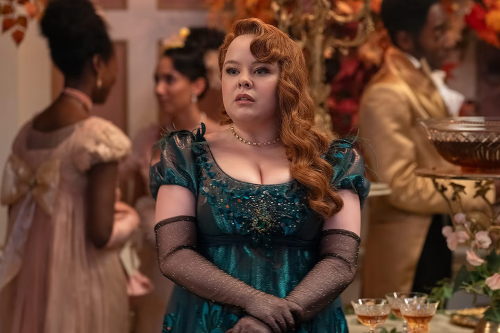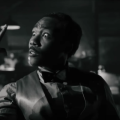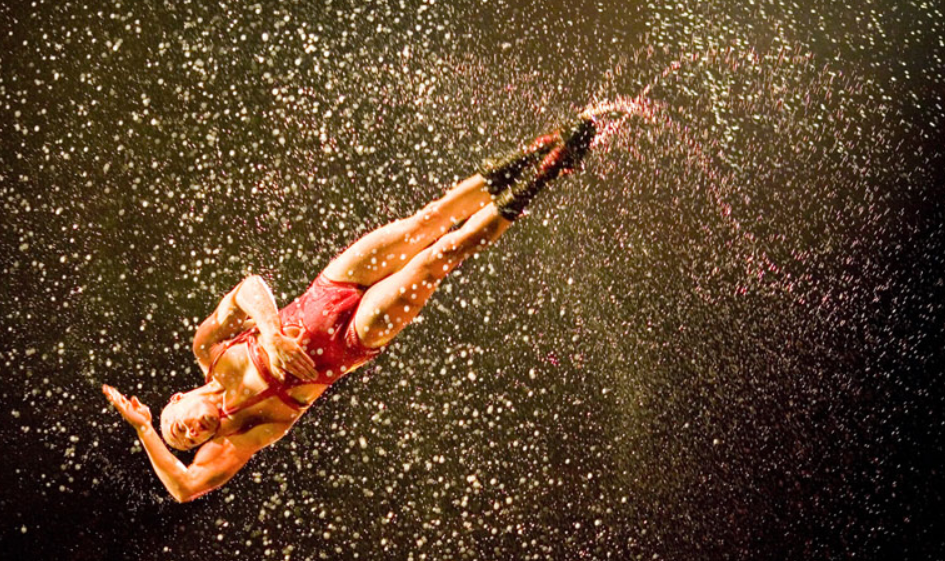
Netflix’s Regency Drama Loses Its Shine as Repetition Sets In
The latest season of Netflix’s hit series “Bridgerton” continues its tradition of endless ballrooms, elaborate gowns, and perfect gardens. This season focuses on Penelope Featherington (Nicola Coughlan) and her romantic pursuit of Colin Bridgerton (Luke Newton), keeping up the show’s hallmark of visual splendor and romantic entanglements.
The visually stunning setting, with its flawlessly manicured landscapes and opulent costumes, has been a consistent draw for the series. The show’s multiracial casting, while commendable, has only lightly touched upon deeper historical contexts, maintaining an air of timeless fantasy. This whimsical presentation, mirrored by other series like Apple TV+’s “The Buccaneers,” contributes to the show’s popularity but also its growing predictability.
However, as the new episodes rolled out, I found myself, much like Penelope, lingering on the edges of the grand ballrooms, longing for a change. The recurring themes of musicales, luncheons, and dances felt repetitive. The brief, awkward flirtation between Eloise Bridgerton and the printer’s apprentice in Season 2 is sorely missed, highlighting the absence of diverse settings and stakes. The show’s world remains one of perpetual spring, devoid of real socio-economic diversity. Even the servants, who are traditionally pivotal in period dramas, exist merely as background figures, moving the privileged main characters around.
The Comfort of Aristocratic Abundance
Julia Quinn’s original novels, which inspired the series, also focus on the lives of the wealthy, seldom straying into the realities faced by those outside the aristocracy. Financial troubles for characters like Kate Sharma or the Featheringtons are hinted at but never fully explored, maintaining the Bridgerton family’s facade of comfort and abundance.
In Season 3, even the few working-class characters, the Mondriches (Martins Imhangbe and Emma Naomi), are elevated to aristocratic status, losing their unique perspective. This shift further homogenizes the show’s character pool, making the narrative feel more confined and less dynamic. The absence of genuine socio-economic struggle makes the glittering ballrooms and romantic glances increasingly monotonous.
The Appeal of Diverse Historical Narratives
Historical romance literature often includes more varied class perspectives, enriching the narrative texture. Jo Baker’s “Longbourn,” for example, tells the story of Jane Austen’s “Pride and Prejudice” from the servants’ viewpoint, adding depth and realism. Similarly, Alice Coldbreath’s Victorian Prizefighters series and Cecilia Grant’s Blackshear Family series explore the lives of working- and middle-class characters, providing a stark contrast to the aristocratic focus of “Bridgerton.”
These novels highlight how class dynamics and everyday struggles can add significant emotional weight and variety to historical romances. They delve into the grit and labor behind the scenes, something “Bridgerton” often glosses over in favor of maintaining its polished veneer.
The Need for Narrative Texture in Bridgerton
While not every show needs to address every historical or social nuance, “Bridgerton” could benefit from incorporating more narrative variety. The show’s heavy reliance on visual opulence and romantic intrigue, without deeper exploration of character and setting, has led to a certain flatness. Despite the series’ initial acclaim for its bold portrayal of sex and romance, it now feels like the characters lack physical and emotional depth.
As “Bridgerton” moves forward, introducing more diverse storylines and character backgrounds could reinvigorate the series, offering a richer and more engaging viewing experience. A touch of realism, even within its fantasy framework, could break the repetitive cycle and breathe new life into this beloved show.
Would it be too much to ask for a little sweat and toil in the elegant world of “Bridgerton”? A glimpse of the real labor behind the luxury might just be the spark it needs.








